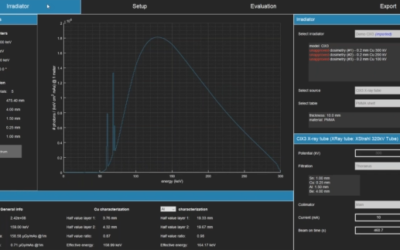BACKGROUND:
Gynecomastia is a frequent side effect of antiandrogen therapy for prostate cancer and may compromise quality of life. Although it has been successfully treated with radiotherapy (RT) for decades, the priority of RT as a preferred treatment option has recently been disputed as tamoxifen was also demonstrated to be effective. The aim of the present paper is to provide an overview of indications, frequency, and technique of RT in daily practice in Germany, Switzerland, and Austria.
PATIENTS AND METHODS:
On behalf of the DEGRO-AG GCG-BD (German Cooperative Group on Radiotherapy of Benign Diseases) a standardized questionnaire was sent to 294 RT institutions. The questionnaires inquired about patient numbers, indications, RT technique, dose, and – if available – treatment results. Moreover, the participants were asked whether they were interested in participating in a prospective study.
RESULTS:
From a total of 294 institutions, 146 replies were received, of which 141 offered RT for gynecomastia. Seven of those reported prophylactic RT only, whereas 129 perform both preventive and symptomatic RT. In 110 of 137 departments, a maximum of 20 patients were treated per year. Electron beams (76%) were used most often, while 24% of patients received photon beams or orthovolt x-rays. Total doses were up to 20 Gy for prophylactic and up to 40 Gy for therapeutic RT. Results were reported by 19 departments: prevention of gynecomastia was observed in 60-100% of patients. Only 13 institutions observed side effects.
CONCLUSION:
Prophylactic and symptomatic RT is widely used in the German-speaking countries, but patient numbers are small. The clinical results indicate that RT is a highly effective and well-tolerated treatment.
Neu B, Sautter V, Momm F, Melcher U, Seegenschmiedt H, Micke O & Sautter-Bihl ML.







